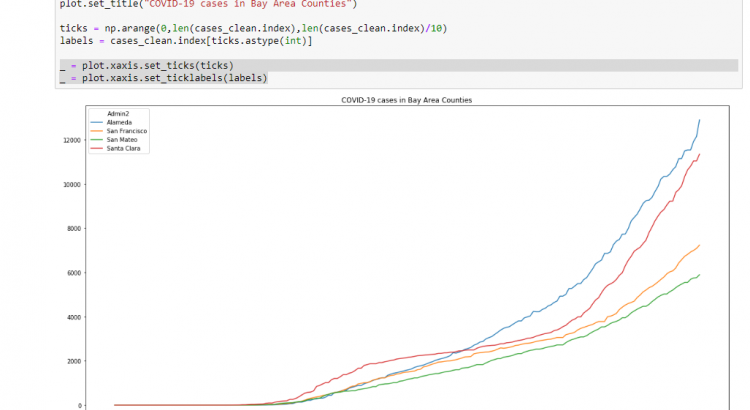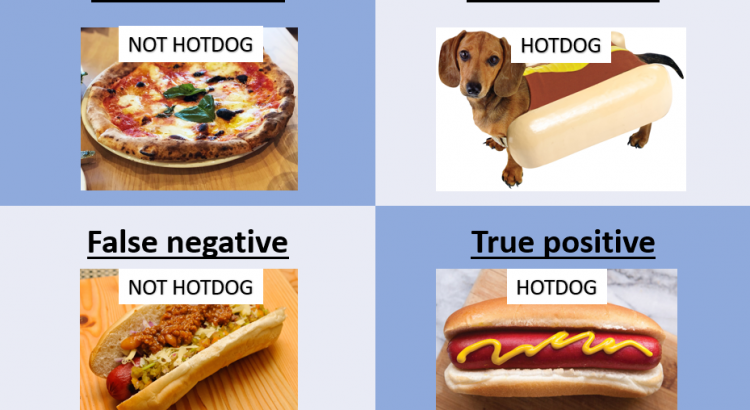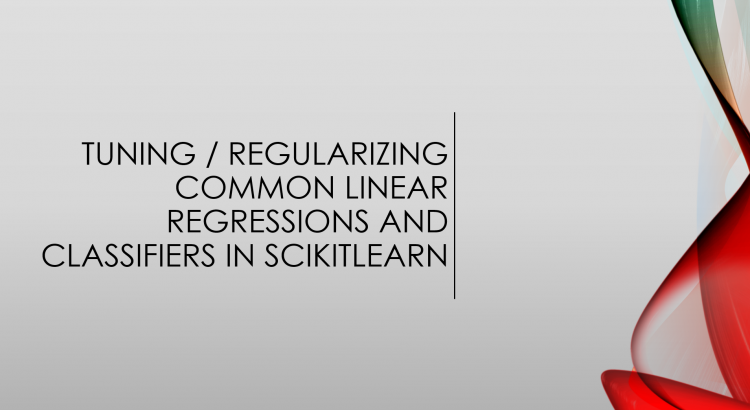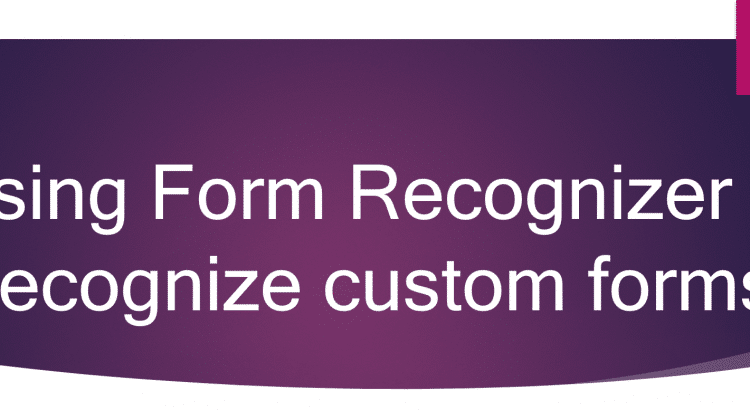I spent some time last week running sample apps using LangChain to interact with Azure OpenAI. Most (if not all) of the examples connect to OpenAI natively, and not to Azure OpenAI. It took a little bit of tinkering on my end to get LangChain to connect to Azure OpenAI; so, I decided to write […]
Category: Data Science

Adding x-axis to matplotlib plots in Jupyter notebooks
I’ve blogged before about how I’m doing some of my own data analysis on the COVID-19 numbers. One thing that I didn’t like about my graphs was that they didn’t contain an x-axis, which made them a little bit harder to read. In this (very quick) blog post I’ll show you how to add an […]

Confusion matrix, accuracy, recall, precision, false positive rate and F-scores explained
When building a machine learning model, it’s important to measure the results of your model. Typically, you split a dataset into a training dataset and a test dataset. The training dataset is used to train your model, while the test dataset is used to measure the performance of your model. A commonly used method to […]

Tuning / regularizing common linear regressions and classifiers in scikitlearn
If you read my article in January about my personal development goals, you might have seen that I’m working to achieve the DP-200 certification. During the learning process for DP-200, I learned that I lacked certain basic knowledge about how to do data engineering / data science in Python. For that reason, I decided to […]

Using Form Recognizer to recognize custom forms
One of my learning goals for this half year was to learn more about AI. Although I’m focusing my learning mainly on low-level AI (Python, ML, Data Science), I was pretty happy to get involved in a customer project using the Microsoft Form Recognizer. This blog post will cover the Form Recognizer and it’s functionality. […]
